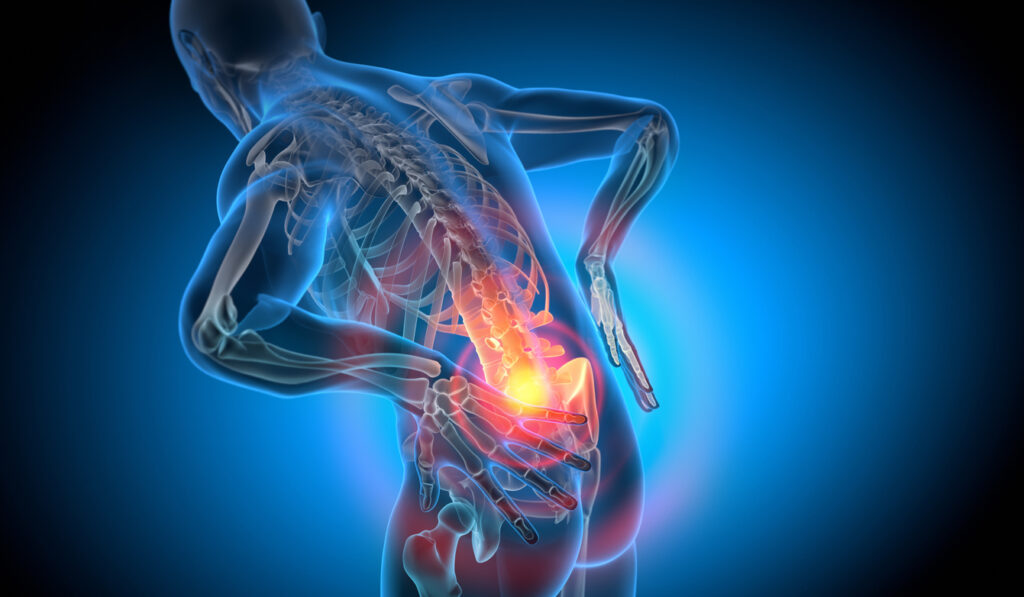Research continues to ignite hope around new treatments and cures for conditions that are currently life-limiting or even fatal. These breakthroughs will change the face of the emergency departments of the future, with many of the common conditions our team sees now being relegated to health history.
Here are a few of the most recent, exciting medical research advancements.
World-first research offers new hope for type 1 diabetes
Researchers at St Vincent’s Institute of Medical Research have shown that a commonly prescribed rheumatoid arthritis drug can suppress the progression of type 1 diabetes.
The world-first human trial, led by Professors Thomas Kay and Helen Thomas, showed that a drug called baricitinib can safely and effectively preserve the body’s own insulin production and suppress the progression of type 1 diabetes in people who initiated treatment within 100 days of diagnosis.
“When type 1 diabetes is first diagnosed there is a substantial number of insulin-producing cells still present,” said Professor Kay, Director at St Vincent’s Institute of Medical Research (SVI).

“We wanted to see whether we could protect further destruction of these cells by the immune system. We showed that baricitinib is safe and effective at slowing the progression of type 1 diabetes in people who have been recently diagnosed.”
The ground-breaking research shows promise as the first disease-modifying treatment of its kind for type 1 diabetes that can be delivered as a tablet.
Read the full story here.
Simple salt swap could save lives
Replacing table salt with a reduced-sodium, added-potassium ‘salt substitute’ can significantly reduce stroke, heart attack, and death rates, according to The George Institute for Global Health’s study, one of the largest dietary intervention trials.
High sodium and low potassium intakes are common, linked to high blood pressure and increased risks of stroke, heart disease, and premature death.
The Salt Substitute and Stroke Study enrolled 21,000 adults from 600 rural Chinese villages with a history of stroke or poorly controlled blood pressure. Intervention villages received the free salt substitute, while others used regular salt. This substitute, containing potassium chloride, addresses both issues, with known blood pressure-lowering effects.

Over almost five years, the study found a 14% reduced stroke risk, 13% fewer cardiovascular events and a 12% decrease in premature deaths among salt substitute users.
Lead investigator, Professor Bruce Neal, said the widespread adoption could prevent millions of early deaths each year.
The exciting project received funding from Australia’s National Health and Medical Research Council. You can read the full story here.
Breast cancer protein could predict chemo sensitivity
Researchers from the Hunter Medical Research Institute have identified a protein that, when present in high amounts in breast cancer tumours, is an indicator of whether DNA-damaging therapies will work or not.
Lead author of the study, HMRI and University of Newcastle PhD researcher, Dr Luiza Steffens Reinhardt, said her team’s work could lead to more effective chemotherapy for people with breast cancer.
“We looked at this particular variant of a protein called p53 because our previous studies have shown that it is present at high levels in breast cancer and is associated with cancer recurrence,” Dr Steffens Reinhardt said.

“We were surprised to see that by increasing the levels of this variant of p53, the breast cancer cells became unresponsive to existing therapies. Thus, inhibiting this variant could enhance people’s responses to currently used cancer treatments. We recently confirmed these findings in living subjects.”
The findings have been published in the journal Cell Death & Disease.
Read more here.
Australia’s EDs see 53 spinal injuries every day
A new Australian Institute of Health and Welfare (AIHW) web report has revealed that 19,378 people needed emergency department care because of spinal injuries in 2020-21. That’s 53 people, every day. Of this number:
- Falls were the leading cause of hospitalisations (56%), followed by transport;
- Fractures were the most common type of spinal injury, contributing to 3 in 5 spinal injury ED presentations (58%, or 11,317 people);

- Males accounted for 52% of spinal injury ED presentations;
- Transport was the second most frequent cause of spinal injury hospitalisations (31%);
- Where the place of the incident was recorded (75% of cases), the home (46%) and street or highway (29%) were the most frequently reported locations.
You can read the full AIHW report here.

